Points To Be Considered In Compressor Maintenance
3 September 2021, Friday
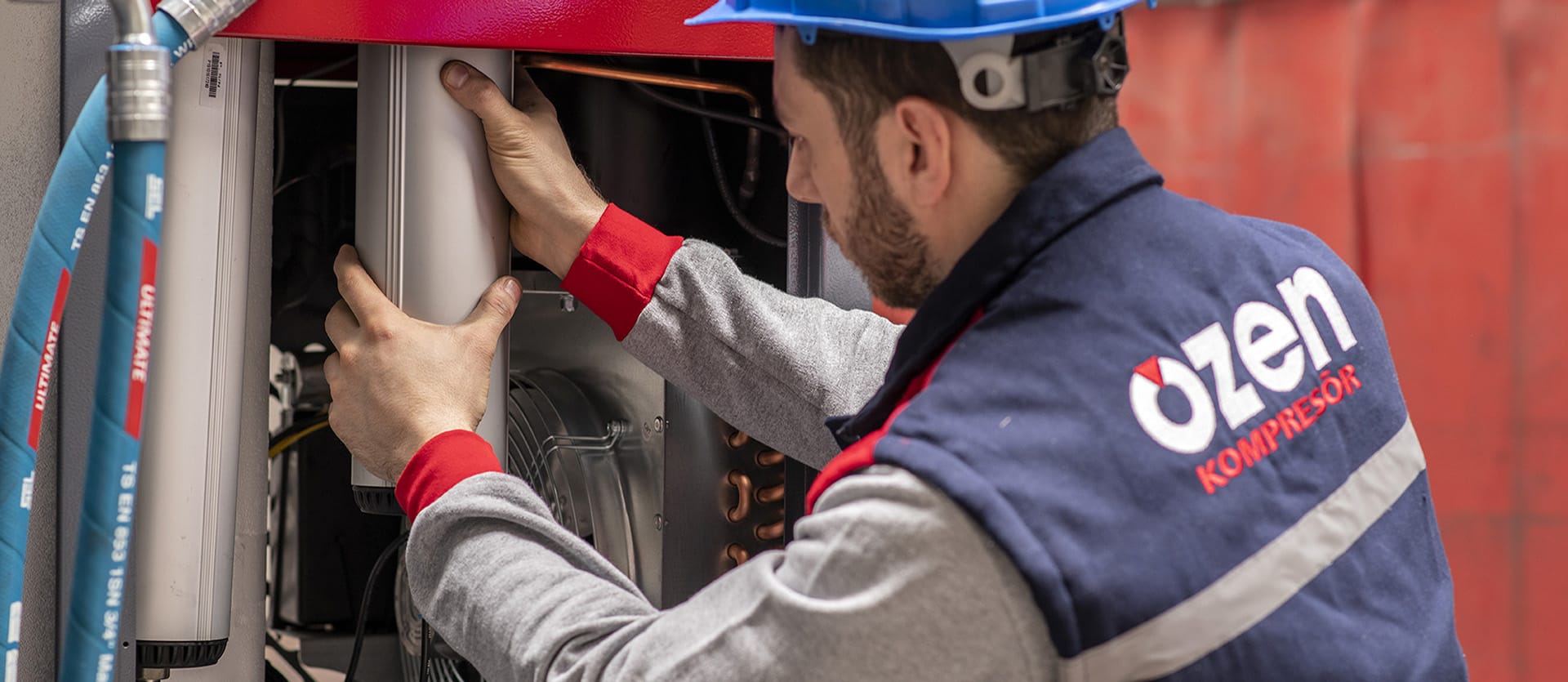
Air compressor maintenance comprises a series of applications that needs to be done on all brands and models of the compressors. Whether you are operating one or more compressors, you should routinely inspect the machine's key components and regularly maintain them. Otherwise, it may lead to premature failures and require high-cost repairs.
Industrial air compressor maintenance is one of the most important requirements of the system management. With so many machines, tools and functions that are based on compressed air, it is very important to ensure that every compressor in an industrial environment can operate as required. Failure of an industrial compressor may lead a series of problems and costs. Screw air compressor maintenance is especially important due to the powerful tools that work with such machines. For example, the air requirement of the pneumatic crushers at building sites is commonly based on the screw compressors. If one of these compressors breaks down on the job, a construction crew may fall considerably behind the schedule.
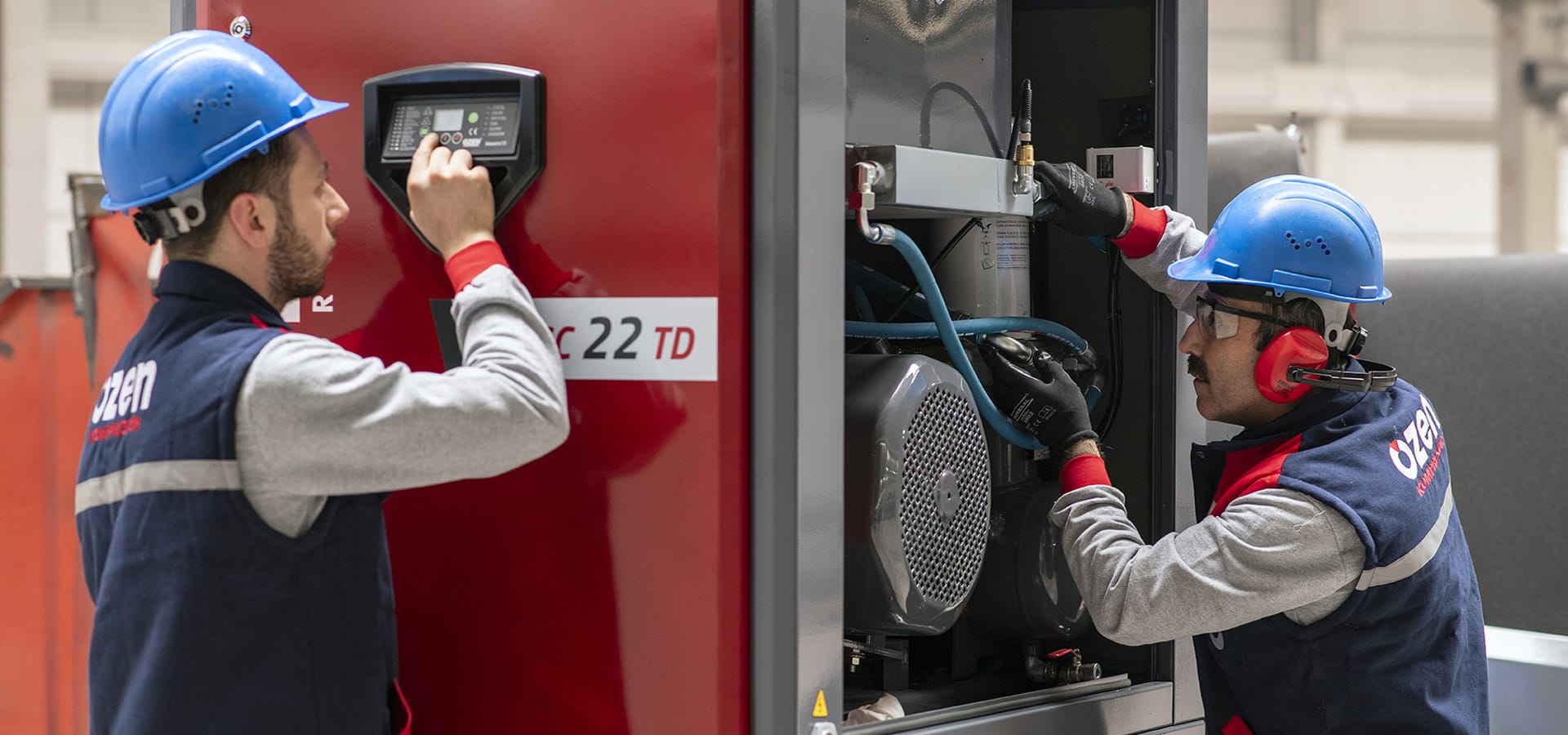
When you consider that small problems can easily turn into big problems unless they are solved in a timely manner, air compressor preventive maintenance can save both money and time.
Given the cumulative nature of performance problems, all companies are required to implement an air compressor maintenance program. In this manner, you can easily follow up what maintenance steps you need to perform during a certain day, week, month, season, or year.
With timely and appropriate maintenance, you can prevent the setbacks and financial traps that generally occur after air compressor failure.
It is required to know some tips to ensure your machines work in full capacity.
Compressor Maintenance Tips
An air compressor uses a series of processes that convert the air taken from environment into a power source for tools and machines. Therefore, an air compressor comprises several parts, each of which needs to be maintained in order to keep it working properly. It is required to basically changing the oil of a compressor, cleaning its filters, controlling its aftercooler every three months, replacing the filters of it, and tightening its connections at least once a year.
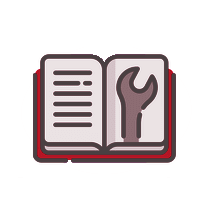
1. Read the Operation Manual
Some of the most common problems with an air compressor can be easily fixed with the help of the operation manual. Although this sounds very easy, many air compressor owners forget about this manual completely and cause danger in terms of even the most easily solved problems.
For example, there may be a problem with one of the connections or inlets that do not make sense at the beginning. A not so common mistake in such cases is that the operator manually tries to do things in the hope of solving the problem. You should never interfere with the air compressor without reading the operation manual.
If you have recently purchased the compressor, making an incorrect adjustment may void the warranty. As it may take a few minutes to find a solution to the current problem, you need to be patient to read the operation manual. Reading the operation manual can help you fix some of the widely experienced issues accurately.

2. Tighten the Nuts and Bolts
Because an air compressor is used daily, it is inevitable that some nuts and bolts will loosen with long term use. As a result, as the machine vibrates, the parts that constitutes the machine also move. It is useful to check and tighten the loose screws and the fasteners at regular intervals.
When you consider how easily various household goods can be detached, it shouldn't be surprising if the nuts on a compressor come loose. This looseness is typically the result of the vibrations that intensify when an air compressor is used to power heavy-duty tools.
To determine whether the problem is really loose nuts or bolts, test each of the fastener manually to see if any of them come loose. Grip the wrench firmly and turn the loose fastener until you feel the bolt tighten. Turn the nut to the point where it will no longer move. If you try to overtighten the bolt, you may strip it.

3. Clean the Suction Valves
For an air compressor to work in full capacity, it needs to have the fresh air inlet holes. When you continue to use the compressor for weeks, dust particles and other air-related elements are sucked into the ventilation holes. For example, if you use an air compressor for dust-generating tools, problems caused by the clogged inlet ventilations are common. Pneumatic wood cutters and sander machines will inevitably produce harsh dust particles that may accumulate in the ventilation hole quickly. That’s why, it is important to clean the ventilations regularly.
Suction valves can also get contaminated in operating environments where there are various particles in the air. Dirt particles are thrown into air by the pneumatic tools used in ground breaking processes at a building site. The same applies to the plants where cooking products such as flour, salt and sugar are packaged in bags, boxes, and containers.
Independently of the working environment, clean the suction valves at least once every three months to ensure the purity of the air released.
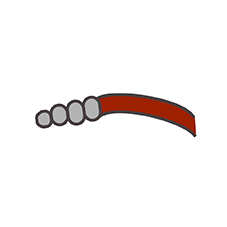
4. Check the Hoses
Among all parts of an air compressor assembly, hoses are the most vulnerable ones. As the component that transfers compressed air between the machine and a certain endpoint, hoses need to be strong and tight, but also flexible. Therefore, hoses bear a lot of responsibility and can easily become strained as time goes by.
Inconsistencies in air pressure may make matters worse. If the pressure is too intense, the hoses are obliged to strain while air is transferred from the machine to a certain pneumatic tool. If the excess pressure periods are followed by the insufficient pressure cycles, the hoses will shrink very little. The bends may be damaged because the hoses are moved.
Check the hoses regularly so that the compressor does not delay due to the worn hoses. If you see wrinkles or signs of wear, replace the hose with a new one. If this is ignored, a worn hose may render your air compressor inefficient.
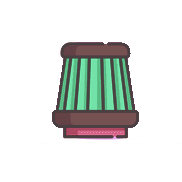
5. Replace the Air Filter
During its daily cycle of use, the filter inside your air compressor will catch lots of trash. The filter is devised to carry a heavy load. Without the filter, dust and other dirts can easily force the air compressor and degrade the performance of the pneumatic tools. Air cleanliness is very important when it comes to applications where the pneumatic dyeing and drying tools are used. Just imagine how these applications would be like without this air filtration process.
In an assembly facility, the quality of the air filter can make up or disrupt an entire product series. Even if the line is recoverable, the pneumatic application causing problems will need to be performed again.
The function of the filter is to collect all the dust that seeps into the compressed air and will deteriorate the quality of its operations, however, as the filter fills up, the compressor performance decreases and begins to lose its function. Therefore, it is very important to replace the air filter annually.
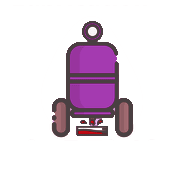
6. Drain the Condensate from the Tanks
One of the inevitable consequences of compressed air is the moisture that accumulates inside the machine in the form of condensation as well. The moisture tank inside an air compressor is devised to absorb the water from the outgoing air. In this manner, the air itself remains dry and pure when it accesses the end point.
The presence of moisture in compressed air may easily cause water damage. Moisture may also degrade the quality of pneumatic dyeing applications. For example, in an assembly facility, if excess moisture dilutes the paint, the paint coating and finish of some machines may be poor and spotty. When you consider the high cost of automatic assembly, an undischarged condensation tank may cause some expensive and time-consuming processes.
As with filters, the moisture tank will fill up eventually. If the tank is very full, water may mix into air again and move to the other parts of the system. Even worse, the water may perish and send odours and pollution through the compressed air system. Therefore, it is very important to drain the moisture tank regularly.
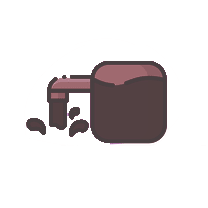
7. Clean the Compressor Fuel Tank
Fuel-driven air compressors require some extra annual maintenance. The problem here relates to the fuel particles that can accumulate inside the tank and become toxic as time goes by. Fuel that is the lifeblood of the machine may eventually become toxic if the tank itself is not cleaned once a year. To clean the fuel tank, drain the remaining gas and then apply wet-dry vacuum inside the tank. Depending on the design of the tank, it may be necessary to replace the filter to clean the remaining debris.
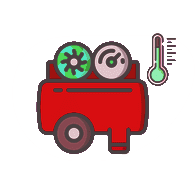
8. Check the Air Compressor Shut-down System
There are periods when an air compressor needs to shut itself down to maintain its efficiency. A typical example for this may be the machine’s getting too hot to run adequately. If forced to operate in such conditions, the inside of the machine may overheat, and the parts may fail ultimately. The larger the machine is, the greater and more costly the loss may be in a situation where overheating occurs.
For inner protection, most of today's compressors are equipped with safety shut-down mechanisms. The mechanism is devised to come in, when the compressor becomes too hot to operate or is deprived of pressure, and to stop the compressor. In the same manner as in locking and restarting of an overheating computer, the shut-down system of an air compressor prevents the breakdown of the machine's inner components.
However, the mechanism itself sometimes may not come in. Shut downs may be even more problematic in moist operating conditions, where the high intensity of a certain process and the pressure it exerts on the compressor thereof combine with the temperature of the ambient air. Refer your operational manual for how to inspect the security system and make sure it is working as required.

9. Change Oil
Not all air compressors use oil, however they need an oil change just like a car does. To ensure the various engine parts moving trouble-free, the oil itself needs to remain fresh and full.
At high operating temperatures, the oil may lose its viscosity and ultimately not provide suitable lubrication to the various inner components of an air compressor. This lack of lubrication may cause stress and wear along the moving metal parts and may fail very early periods. Similarly, colder operating environments may cause oil sludge, especially if the oil gets damp.
Complete your oil source at the beginning of each cycle of use. Change the oil quarterly or after approximately 8,000 hours (whichever happens first). If you leave the machine inactive for months, change the oil with a new one. In order for the oil to circulate properly, it needs to have the appropriate viscosity and be free from foreign materials.
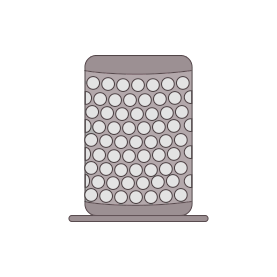
10. Change the Air - Oil Separator
Lubricated air compressors work together with oil vapour. In other words, compressors distribute the oil inside the machine together with the air. Before the air is separated from the machine, the oil is taken from the air with an oil separator. In this way, the machine remains oily while the air remains dry at the endpoint.
As a result, the oil separator may aerate oily air into the system if it clogs up or does not work properly. In applications involving the use of the pneumatic spray dyeing tools, oil mist may affect the paint and cause stained, non-drying coats on a certain surface. Therefore, it is important to replace the separator and oil filter after every 2,000 hours or less of use to keep the compressed air clean and oil-free.
Advantages of the Compressor Maintenance
Air compressor maintenance has numerous advantages. When properly maintained, an air compressor generally operates as intended and performance problems would be generally minimal. Appropriate personnel in your company should memorize the steps in this air compressor maintenance manual and follow them according to a certain schedule.
Money Savings: Industrial air compressor maintenance in factories and assembly plants can provide manufacturers vast amount of money savings. While unmaintained compressors most probably have performance problems and lead to costly repairs and downtime, appropriately maintained compressors will generally operate thousands of hours longer as intended.
Maximum Performance: Commercial air compressor maintenance along the production line helps ensure productivity continues at a certain pace. This is very important for the companies that produce according to a strict timetable. When the air compressors work in full capacity and faultless, all tools in the assembly can be operated at high performance and ensure that productivity continues day to day.
Efficiency: Based on tools and machinery with high technology, the air compressors allow workers to perform the functions at maximum performance. Routine checks for the liquids, hoses, filters and couplings as well as maintenance of the rotating screw air compressor needs to be performed in order for the productivity of this magnitude to remain suitable for schedule.
Quality Products: The quality of air incoming from an air compressor can perform procedures or break down at the endpoint of a connected machine or pneumatic tool. For example, in order to paint, sand or dry a product series, it needs to be free of any assembly, moisture, oil or other foreign materials, which are based on compressed air. To ensure this quality during every cycle of use, air compressor preventive maintenance should be performed on a weekly and in some cases according to daily schedule.
Longer Service Life: The main benefit of an air compressor maintenance program is that the need for the parts replacement and system repairs is reduced. Companies, which do not carry into effect the screw air compressor maintenance check list, deal with the unexpected service costs that consume their budgets. On the other hand, the companies that follow the maintenance manual can obtain additional use opportunity from each air compressor and pneumatic tool for years.
